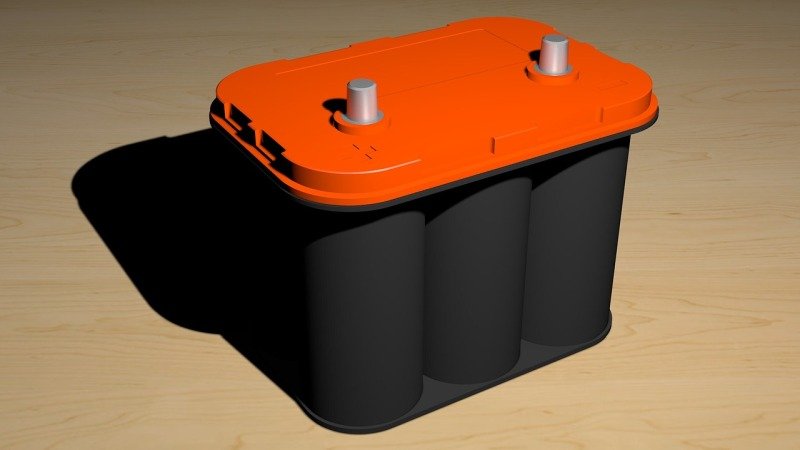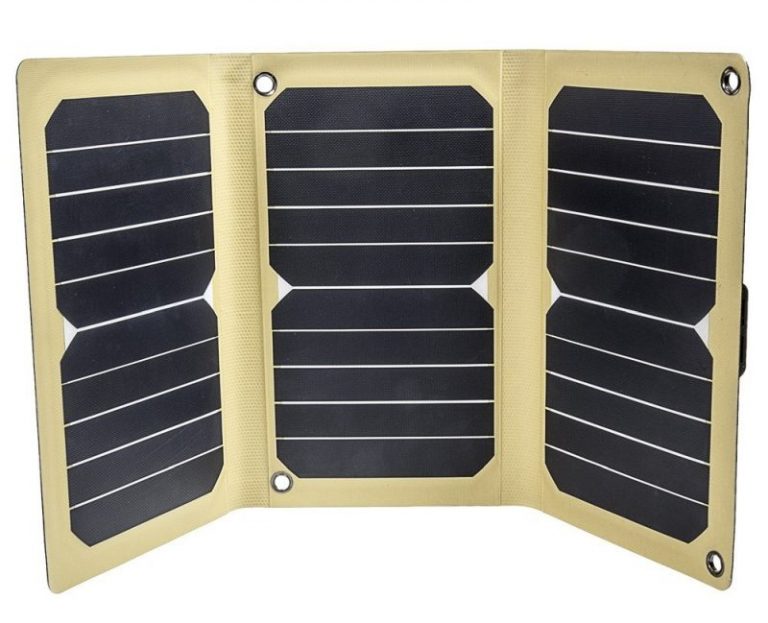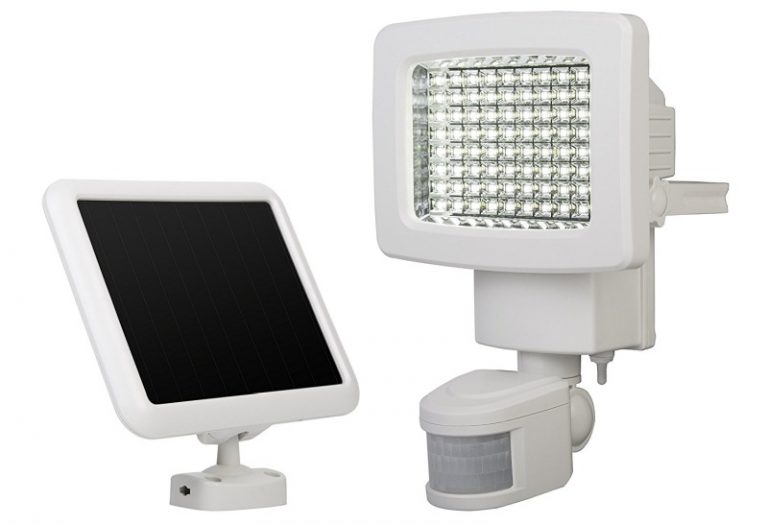Choosing The Best Solar Battery For Your Off Grid Power System
I get commissions for purchases made through links in this post. View our Affiliate Disclaimer.
Choosing the best solar battery is a critical decision to ensure your off-grid power solution will be efficient and reliable. There are a few key factors to bear in mind when selecting a solar battery. The batteries must meet certain criteria in order to be suitable for the type of load they will carry.
The batteries for your solar system will probably be the most costly component of the system. Solar panels come in at a close second.
Battery technology development has been relatively slow in comparison to that of solar panels. There are a few companies, Tesla being one of them, that are making some good progress in this sector. Currently, your choice of solar battery is pretty much limited to one of two choices, Lead acid or Lithium ion batteries.
Additional Essential Homestead Resources
✅ Medicinal Garden Kit - Grow medicine in your garden! A collection of seeds to get you started.
✅ Homesteaders Handbook - A printed book that covers all the basics for homesteaders.
✅ The Self-Sufficient Backyard - This book is an excellent resource for self-sufficiency on 1/4 acre!
✅ Into The Wild Survival Pack - Learn foundational survival skills every homesteader should know!
Criteria For Choosing A Solar Battery
There are a number of factors you need to consider when choosing a battery technology for your solar system.
- Depth of Discharge.
- Space available for solar battery storage.
- Battery durability.
- Battery availability.
- Cost of the solar batteries.
Let us consider each of these for both types of solar battery technology.
Depth Of Discharge
This aspect determines how deeply you can discharge the batteries before causing damage to the battery and thus reducing the life of the battery.
Typically, lead acid batteries can only be discharged by 50% before damage occurs. Lithium ion batteries, however, can be discharged down to 90%.
You effectively have to double the amount of lead acid batteries for the power requirement of you solar system.
Space For Solar Battery Storage
Lead acid batteries take up a lot of space, and you usually do not want them in your living space due to the toxic fumes they release during operation.
Lithium ion batteries are packaged in a neat slim-line unit that is easily mounted on a wall. A prime example of this is the Tesla PowerWall.
The Tesla PowerWall is a great low-space alternative, but you will need to purchase it as part of an integrated solar system. The batteries are not avaialble as a standalone purchase. If you would like in-depth information on what the Tesla PowerWall is all about and how it can benefit your solar installation, you can read the SaveOnEnergy.com Tesla PowerWall Review for the latest information.
Solar Battery Durability
With regard to durability, Lithium ion batteries once again trump lead acid batteries. In fact, the lifetime of a lithium ion battery pack is double that of a lead acid batteries.
Lead acid batteries have typically have a 2000 – 2500 cycle lifetime (number of times it can be charged and discharged), equating to about a 5 year lifespan.
Lithium ion batteries have a lifetime cycle of 5000 – 7000 cycles, equating to about a 10 year lifespan.
Another point worth mentioning from a durability point of view is that lithium ion batteries take about 4 hours to charge, whereas the lead acid batteries take 2 to 3 hours. This factor needs to be considered in locations where hours of sunlight are drastically reduced, particularly in winter.
Battery Availability
If, like me, you live at the bottom end of the world, sourcing equipment can be a challenge. Lead acid batteries have been available for many years more than lithium ion batteries. This makes them more easily accessible, particularly in more remote locations.
This is also a consideration when it comes time to replace the batteries.
Solar Battery Cost
Cost is often the deciding factor when specifying a solar system. Up front higher prices do not always mean a more expensive option. Lithium ion batteries are typically 2 to 3 times more expensive than lead acid batteries. The difference is you will have to replace your lead acid batteries in 5 years. Lithium batteries, on the other hand, have a 10 year lifespan.
To get a more accurate long term pricing for your battery storage, you should double he cost of your lead acid batteries.
Summary
Solar battery technology improvements are starting to gain momentum and we could see significant improvements in the years to come. Currently, your choices are lead acid or Lithium ion. Your choice will be dictated by availability and up front cost.
Get more posts like this
Subscribe to our mailing list and get interesting homesteading and green living info and updates to your email inbox.
Thank you for subscribing.
Something went wrong.







